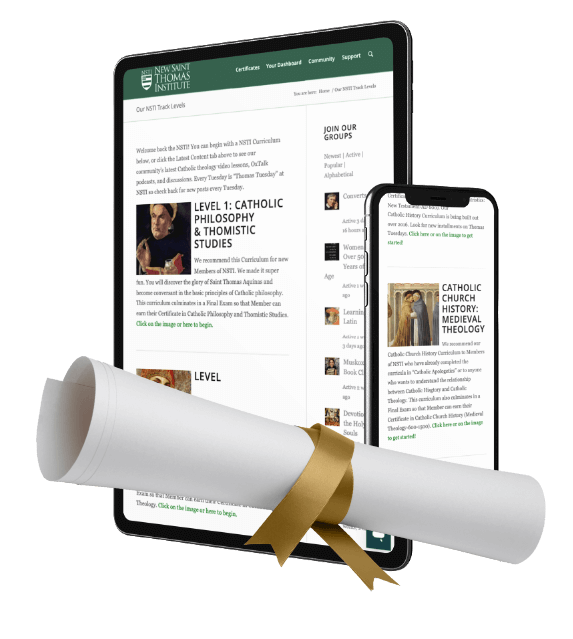Who is the Naked Man in St Mark’s Gospel?
Then his disciples, leaving him, all fled away. And a certain young man followed him, having a linen cloth cast about his naked body. And they laid hold on him. But he, casting off the linen cloth, fled from them naked. (Mark 14:50–52, D-R)
Why does Mark’s Gospel include this seemingly random detail? What’s the meaning of this? Nothing more of this young man is described. I understand that no details in the Gospels are “random”, but I can’t see how this fits into the larger narrative. Any enlightenment on this would be appreciated.
Now it happened on a certain day, that Joseph went into the house, and was doing some business, without any man with him: And she catching the skirt of his garment, said: Lie with me. But he leaving the garment in her hand, fled, and went out. (Genesis 39:11–12, D-R)
What to Watch Next
SHOP THE TAYLOR MARSHALL STORE
Dive Deeper

GET CONFIDENT IN YOUR FAITH
Explore the fascinating world of Catholic teachings with Dr. Marshall. Together you’ll unpack the brilliant answers the Church gives to tough questions about the Faith. The best part: you go at your own pace. Start this exciting journey today.


 >
>



